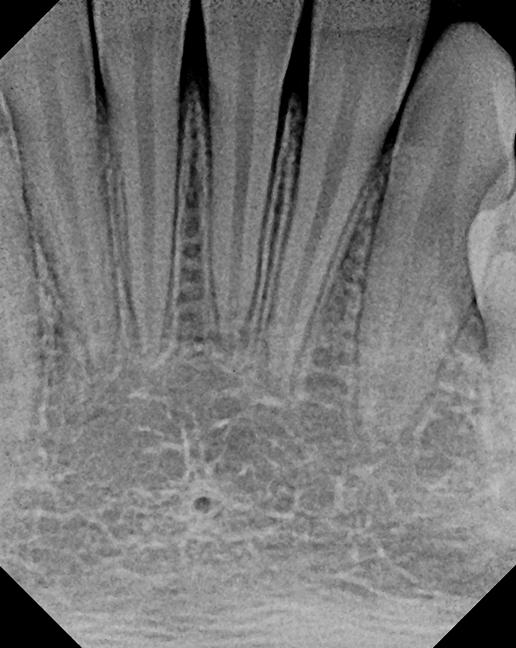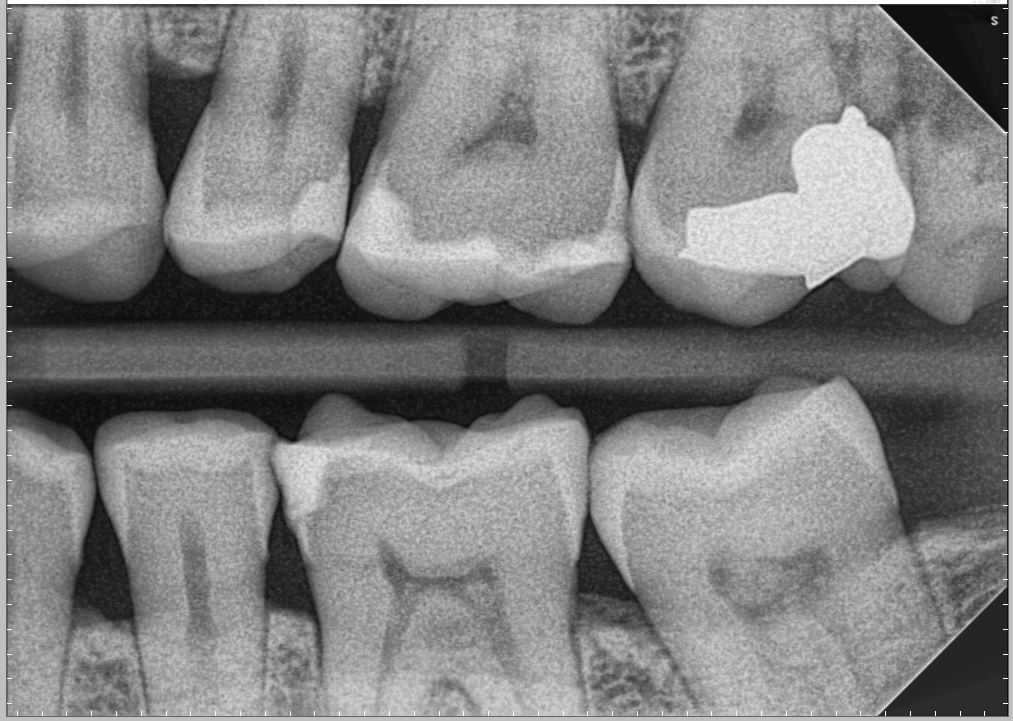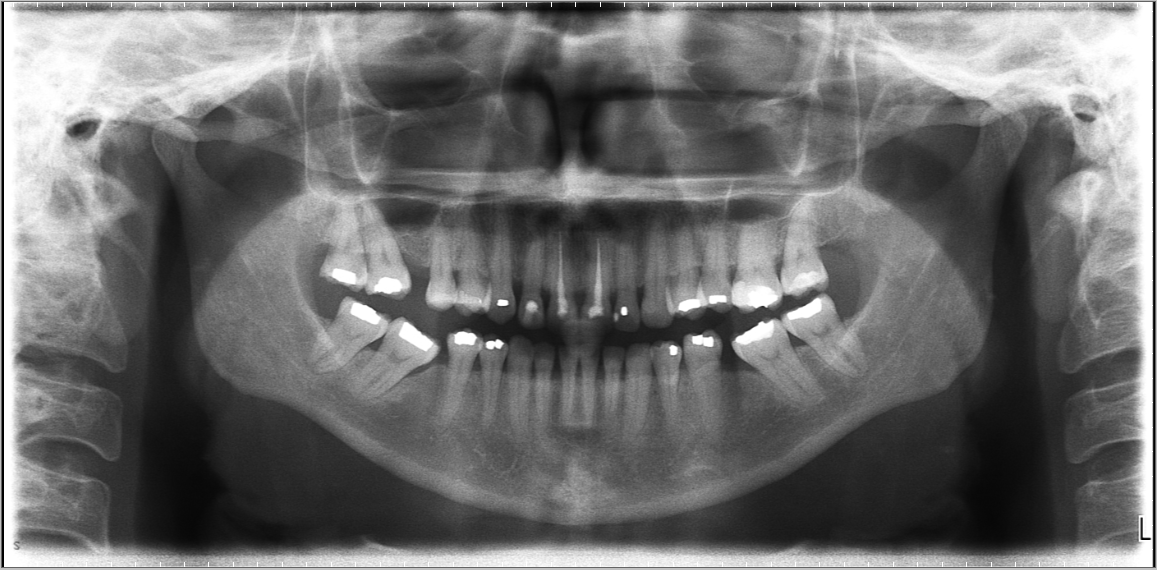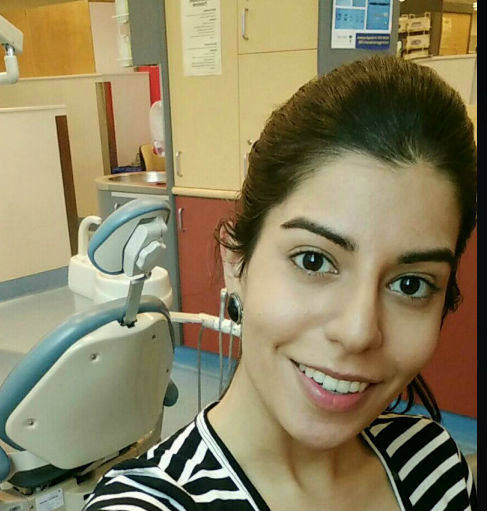What are Dental X-Rays? Why do you need one?
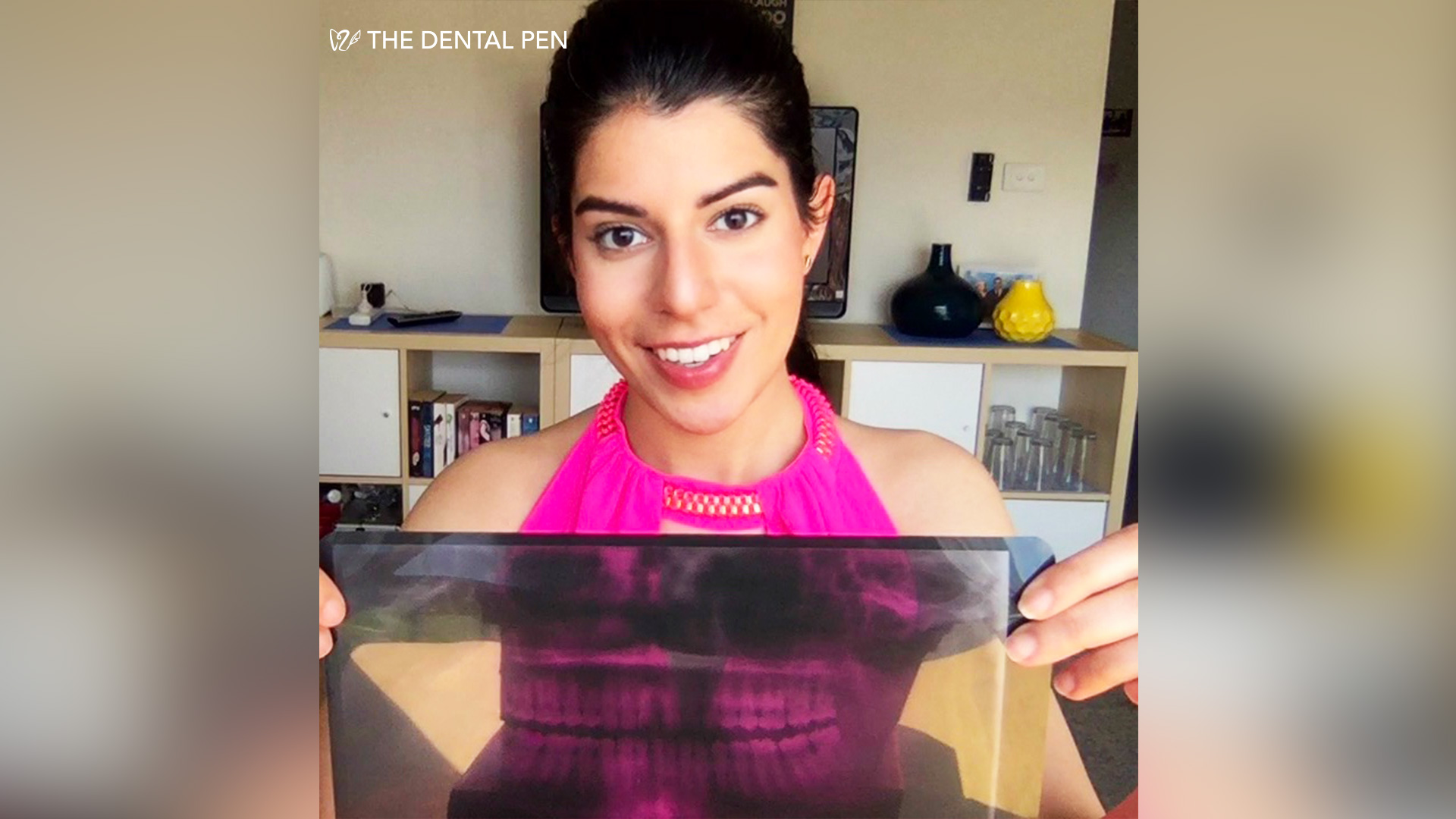
The other day, someone asked me, "I just wanted a cleaning. I didn't have any pain, but my dentist still took xrays…Why? Each xray costed me an extra $40!! Was the dentist just trying to make money off of me?"
To understand the answer to this question, you must first ask why do dentists take xrays?
Most of you will be familiar with dental X-rays (aka radiographs) - your dentist will usually take them during your dental visit for the following reasons:
- To see cavities between teeth
- To look for infections under the gums
- Check for bone loss around the teeth
- Look at the health/anatomy of developing teeth
- To diagnose abscesses, cysts, cancerous/non-cancerous tumours
This article will discuss the 2 most common type of dental xrays: Intraoral and Extraoral
Intraoral X-Rays
Intraoral xrays are more frequently taken in dentistry and these are the X-Rays taken inside your mouth. There are different types of Intraoral Xrays such as:
1. Periapicals
- Periapical xrays only focus on 1-2 teeth, their roots and the surrounding bone
- They are usually taken when the patient has experienced dental trauma in one area of their mouth like falling on your face, getting punched, getting a ball kicked or thrown in their face. You know all the usual stuff 😂.
- They are also taken when the patient is showing signs and symptoms of a deep cavity which potentially needs a root canal.
2. Bitewings
- These xrays help dentists detect cavities in BETWEEN teeth. The dentist will take two of these: one for the right hand side & the left hand side of your mouth
- They are routinely taken every 1-3 years, depending on patient risk factors, which include patient's lifestyle, diet, oral hygiene habits, medical & dental history
- Patients who are at a higher risk of developing cavities should get bitewing xrays once a year, even if you're NOT EXPERIENCING PAIN.
- Catching cavities in xrays while they are still small and not causing pain gives the patient more conservative treatment options. For example, changing your diet and focusing on oral hygiene can stop your small cavity from growing. Therefore, you can save money and avoid a filling!
- Once pain has started, then it's likely that a more invasive procedure (ie. a filling) needs to be done.
- ON THE OTHER HAND, patients who rarely get cavities, have a low sugar diet, a good oral hygiene regime, and no medical conditions only need bitewings once every 2-3 years.
MINI SELF-TEST: Are you at a HIGH risk of developing cavities? Then you may fall into one of the categories below:
- Constantly snacking on sticky sugary snacks in between meals throughout the day
- Brushing with a bad technique or not brushing/flossing enough
- Brushing 2x a day (day and night) & flossing once a day is ideal
- Taking a lot of medications due to medical conditions, which is causing your mouth to feel really dry
Extraoral X-Rays
Next, Extraoral X-Rays are taken outside the mouth. They not only show the teeth, but they also show dentists the jaw and parts of the skull. Most common types of Extraoral X-Rays are:
1. Panoramics (also known as, OPG)
- Dentists (especially in North America) take one of these for baseline data when they meet a new patient
- Gives an image of your entire mouth; the bones, sinuses, jaw joint, and the shape of the teeth and roots
- Panoramics (OPGs) are also taken when patients come in with extreme pain from their impacted wisdom teeth. The word "Impacted" is used to describe teeth that are blocked during eruption, due to lack of space in the mouth or due to their angulation. Impacted teeth can sit slightly above or under your gums and collect food/bacteria that can cause your gums to flare up and cause pain.
- Most dentists recommend the removal of impacted wisdom teeth to prevent future pain and infections. Panoramics (OPGs) are great for seeing the severity of the wisdom teeth impaction, and how close they are to your nerves and sinuses. This way the dentist can be prepared for potential complications during the extraction procedure or they can refer you to an oral surgeon.
- A full mouth xray like a panoramic (OPG), may be the only option for patients who have a gag (vomiting) reflex from little xray films being placed inside the mouth while taking intraoral xrays
- Panoramics (OPGs) act as a screening tool, and should be taken every 3-4 years for most low risk patients
- An exception may be made for taking panoramics (OPG's) SOONER if the patient suffers from severe gum disease (Chronic or Aggressive Periodontistis), or if the patient has a severe accident and suspects serious dental trauma (ie. jaw fracture)
2. Conebeam Computed Tomography (CBCT)
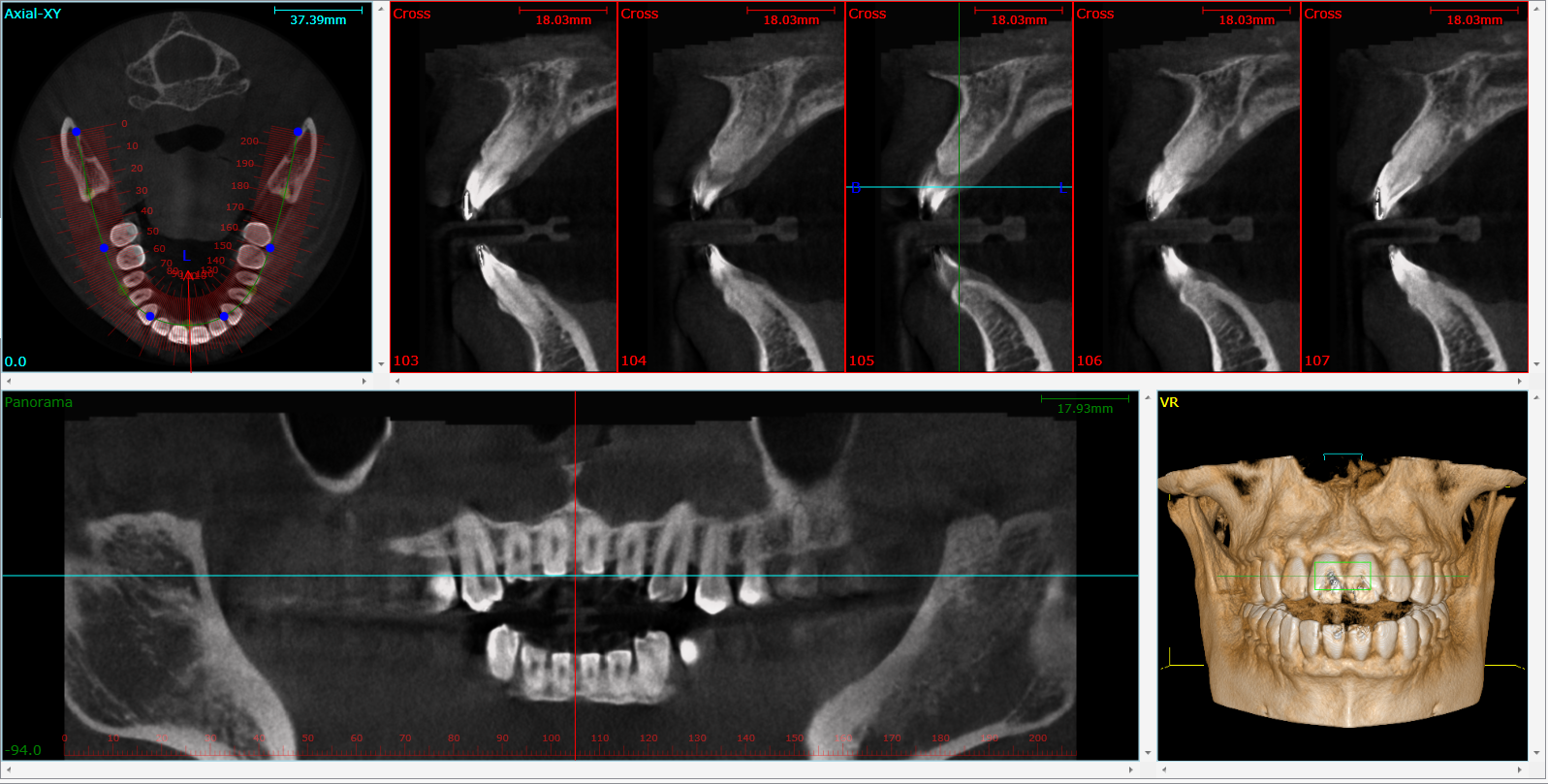
- Dental Implants: If you are thinking about getting a dental implant to replace a missing tooth - then your dentist will ask you to take a CBCT.
- A CBCT will give the dentist accurate dimensions of bone height and width, so the best implant can be chosen for your case. It will also show the position of important nerves and sinuses - so the surgeon can avoid damaging them during the surgery.
- Wisdom teeth: Some surgeons will ask you to take a CBCT before getting your wisdom teeth removed, to see how close your teeth are to nerves and sinuses to minimize complications during the extraction procedure.
- Other common reasons for a CBCT may include:
- Complicated root canal treatments
- Detecting size and shape of tumours in the jaw
- Severe jaw joint problems
- CBCTs are not commonly taken. Some people will go a lifetime without ever needing one, others may only need one or 2. Regardless, they are saved for more invasive procedures, and are only prescribed if the dentist thinks it's absolutely necessary.
Now to answer the question, which was initially asked, “I didn't have any pain, but my dentist still took xrays…Was the dentist just trying to make money off of me?”
Dental x-rays can be used to find the cause of your pain, but their main purpose is to PREVENT pain by diagnosing early. Patients who get dental xrays routinely can prevent small cavities and infections from spreading to other teeth and body parts. Also keep in mind that it's always cheaper & less painful to get an xray and diagnose/treat small cavities. Avoiding xrays and letting your small cavities turn into big cavities will leave you with limited treatment options, like an expensive root canal procedure or worse, an EXTRACTION!
I hope this article answers some of your questions about xrays. Now moving onto a secret…
MONEY SAVING TIP!!!
Always keep a copy of your dental xrays, especially if you travel a lot! Ask the dentist to email you a copy of your xrays after your appointment. Technically, you've paid for your xrays and have the right to ask for a copy of them, therefore your dentist can't deny your request. So if you ever switch dentists or have to go to a new dentist for an emergency (while you're on a holiday or on a business trip), then maybe your old xrays will be enough for them and you can avoid getting new ones - save yourself some money and avoid radiation! Though, I can not guarantee that your old xrays will show the problematic area or be recent enough for the new dentist - but hey, it's worth a shot!
- Keep smiling xx








